Used in cuisines all over the world, it’s no secret that ribs are one of the most popular cuts of meat. They can be grilled, smoked, roasted, baked, and fried. In this guide, we’ll cover the various types of ribs and break down exactly what makes each one unique.
Regardless of the cooking method you use, the extensive amount of connective tissue in both beef and pork ribs requires slow cooking of some kind.
Whether the cooking method is roasting, smoking, or grilling, the key to juicy, succulent ribs is cooking them at low temperatures over long periods of time.
So, how do you know what kind of ribs to use when, and does it actually matter? Pretty soon, you’ll be cooking up all kinds of ribs like a pro!
Beef Ribs vs. Pork Ribs
Types of Beef Ribs
In the past, beef ribs have gotten a bad reputation for being tougher cuts of meat. Unfortunately, that’s how many slabs are still served – tough, chewy, and requiring lots of gnawing. Once you’ve mastered how to properly cook them, you’ll get perfectly tender ribs every time.
Attached to the bone by connective tissue, beef ribs need to be tenderized through low and slow cooking to achieve the soft, mouthwatering texture you’re looking for. Beef ribs have increased in popularity in the barbecue world in recent years, with people falling in love with their delicious flavor and primal appearance.
Now, let’s break down the 3 main types of beef ribs.
Short Ribs
Short ribs come from the beef chuck of an animal and consist of the lower part of the cow’s ribcage (ends of the ribs), near the breastbone and toward the belly, and are known to be the meatiest of all beef ribs.
They are also known as an “English cut”, or barbecue ribs, braising ribs, or fancy cut ribs.
Their name comes from the fact that they are typically cut shorter than other ribs, at about 2 to 3 inches long. Short ribs can be cooked on the grill or in a smoker, but the most popular way to cook them is by braising them. While this cut isn’t eaten like a typical slab of ribs, this beefy cut is fantastic for stews, chilis, and soups.
You’ll find many restaurants serve braised beef short ribs with a delicious red wine sauce. These are absolutely delicious served with mashed potatoes or gnocchi.
Flanken-Style Ribs
Flanken-style ribs are taken from the same part of the cow as short ribs but are cut differently.
Rather than the traditional thick cut of the short ribs, flanken-style ribs are thinly cut at about half an inch thick. They’re high in fat, ultra beefy, and are popular in Asian and Mexican cuisines.
If you’ve ever had kalbi-style beef at a Korean barbecue restaurant, then chances are you’ve had flanken-style ribs. These types of ribs are best cooked at a high heat on the grill or by being braised.
Baby Back Beef Ribs
Baby back ribs come from the upper part of the ribcage and taken from around the loin – the muscle that runs down the back on either side of the spine.
Baby back ribs are curvier and shorter than spareribs, or back ribs. They typically wind up consisting of a lot of bone and fat, with just a small amount of meat between the bones. The best way to cook baby back beef ribs is low and slow on the grill or in the oven.
Also, back ribs are the same ribs found in bone-in ribeye steaks and prime rib roasts.
Because these are some of the most desirable and profitable cuts of beef, butchers tend not to leave much meat left on the baby back rib slabs they sell.
Types of Pork Ribs
Pork ribs are undoubtedly the most popular types of ribs. When cooked right, they’re tender, juicy, and flavorful. They’re so delicious, you forget how messy they are until you look in a mirror afterward and thank your lucky stars that you remembered your rib bib!
So, which is best for your next BBQ? Well, let’s go over the 4 main types of pork ribs.
Spareribs
Spareribs come from the lower section of the ribcage and extend around the stomach. Because they come from the stomach region instead of the back region, spareribs are fattier than the baby back cut.
Meat from this region is typically used to make bacon or pancetta, with the remaining meat left attached to the ribs and sold off as spareribs. Spareribs, also known as back ribs, are flatter than baby back ribs and are generally cut around 6 to 8 inches wide.
The most tender and juicy spareribs are yielded by braising, smoking, or grilling.
Baby Back Ribs
Baby back pork ribs come from the top section of the pig where the backbone meets the ribcage.
Contrary to how it sounds, these ribs do not come from baby pigs. The name ‘baby back ribs’ actually comes from the fact that these ribs are shorter spare ribs (or back ribs). Because they’re smaller in size at about 3 to 6 inches wide, baby back ribs take less time to cook than other types of ribs.
This is a less fatty, leaner cut than spareribs and is most often cooked low and slow on the grill, in the oven, or in the smoker.
St. Louis-Style Ribs
St. Louis style ribs are cut from the belly of the hog after the belly has been removed. They include some of the rib bone and its attached meat, along with a narrow portion of the backbone.
Their name comes from the way meatpacking plants in St. Louis would cut the ribs: Essentially, these are similar to spare ribs but cut and trimmed into a rectangular shape and closely resemble baby back ribs.
Because they come uniform in shape, they tend to be a bit easier to work with and are best prepared low and slow on the grill, in the smoker, or in the oven.
St. Louis-style ribs are the meatiest and most flavorful cut of ribs. There is a lot of bone that yields a high amount of fat giving them a lot of flavor and tenderness.
Country-Style Ribs
Country-style ribs are unique in appearance, as they’re the only types of ribs that are boneless. Cut from the chuck eye roll, these are often referred to as pork shoulder steaks. While you might find a “bone” in them on occasion, this is not a rib bone but the scapula or a bit of the shoulder blade.
Because these are cut from the shoulder area of the pig, specifically the fatty, muscular section of the shoulder blade near the loin, these are best cooked low and slow for the most tender results.
Country-style ribs consist of lean meat layered with flavorful fat. While they aren’t technically ribs, they are referred to as ribs because of the similar flavor profile and texture.
Side Dishes for Ribs
- Deviled Eggs
- Pasta Salad
- Baked Beans
- Mashed Potatoes
- Green Beans
- Caprese Salad
- Roasted Asparagus
More Helpful Resources
FAQ About Ribs
You can get beef or pork ribs. The 3 main types of beef ribs are short ribs, flanken-style ribs, and baby back beef ribs. The 4 main types of pork ribs are spareribs, St. Louis-style ribs, country-style ribs, and baby back ribs.
This is entirely dependent on your preference and the type of dish you’re cooking. Short ribs are fantastic for stews, but you can’t go wrong with the classic baby back ribs for barbecue. All types of ribs are great in different ways.
No, not necessarily. Short ribs can be purchased as pork or beef. Because hogs and cows are similar in bone structure, most cuts from a hog can also be produced from a cow.
Country-style ribs, spare ribs, and St. Louis-style ribs yield the most meat. Country-style ribs are boneless and therefore yield the most meat per pound, but spareribs or St. Louis-style ribs are known to be the meatiest of the true ribs.
When choosing ribs at the store, look for fresh ribs (not frozen) that have a decent coverage of meat over the bones and a good meat-to-fat ratio. Before deciding on the type of ribs you want, consider how you’ll be using them.
Are you making a stew or hosting a backyard barbecue? Short ribs are excellent for stews, but if you’re planning on serving up pans of barbecue ribs then you’ll likely want to get baby back ribs.

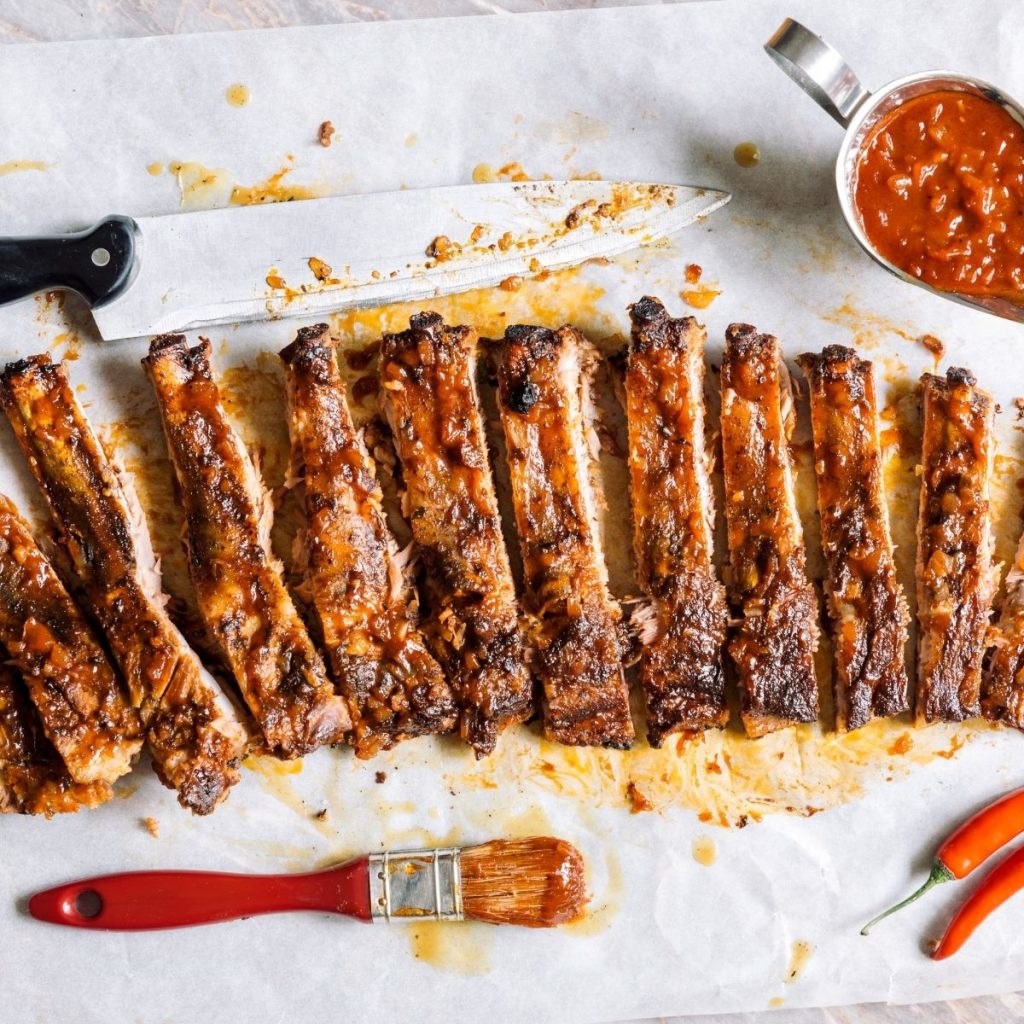
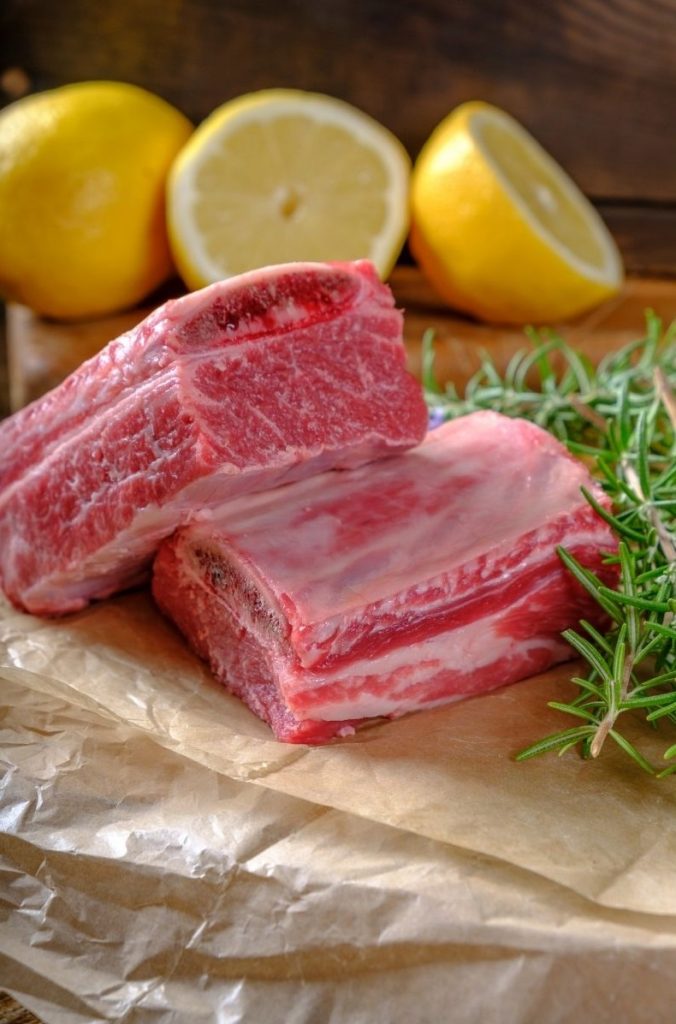
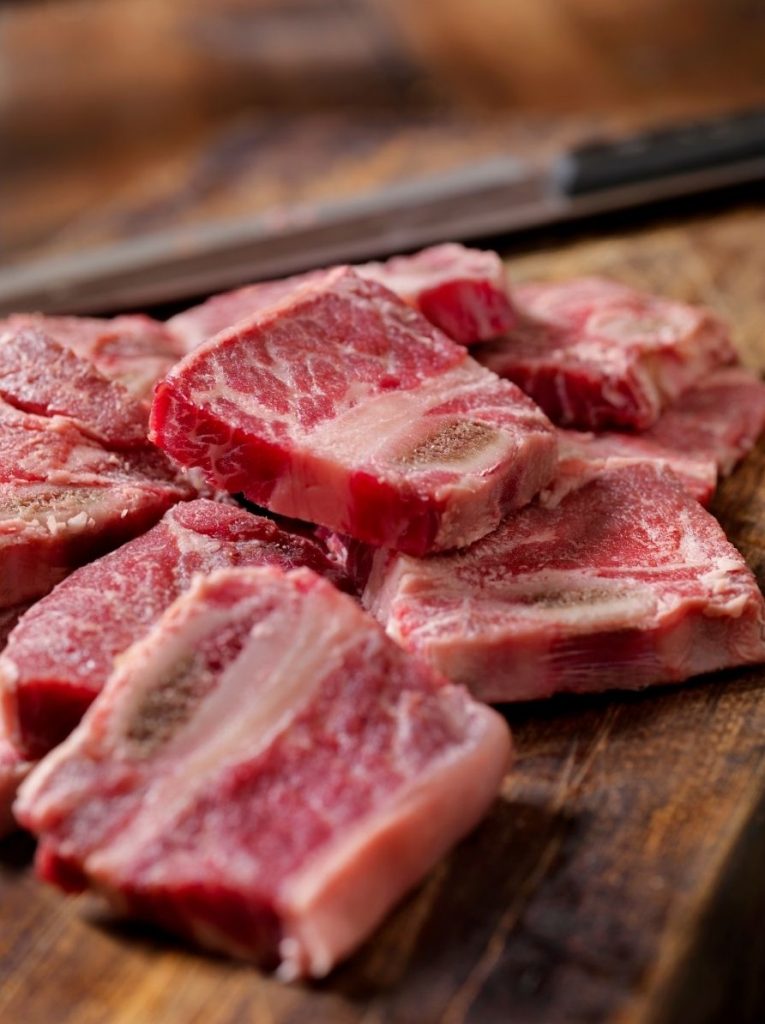
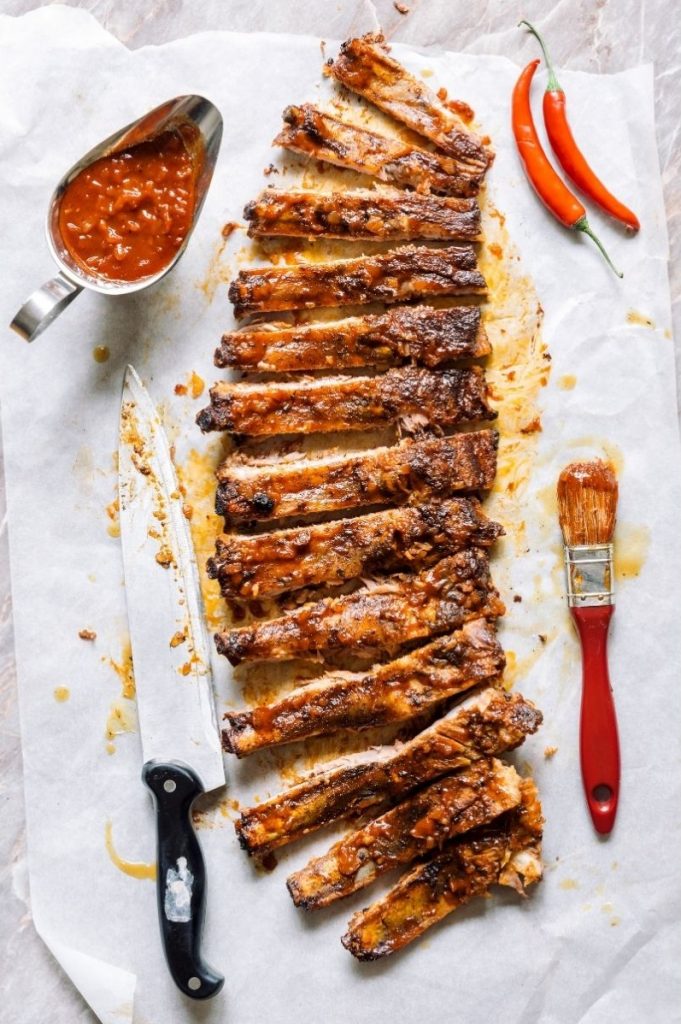
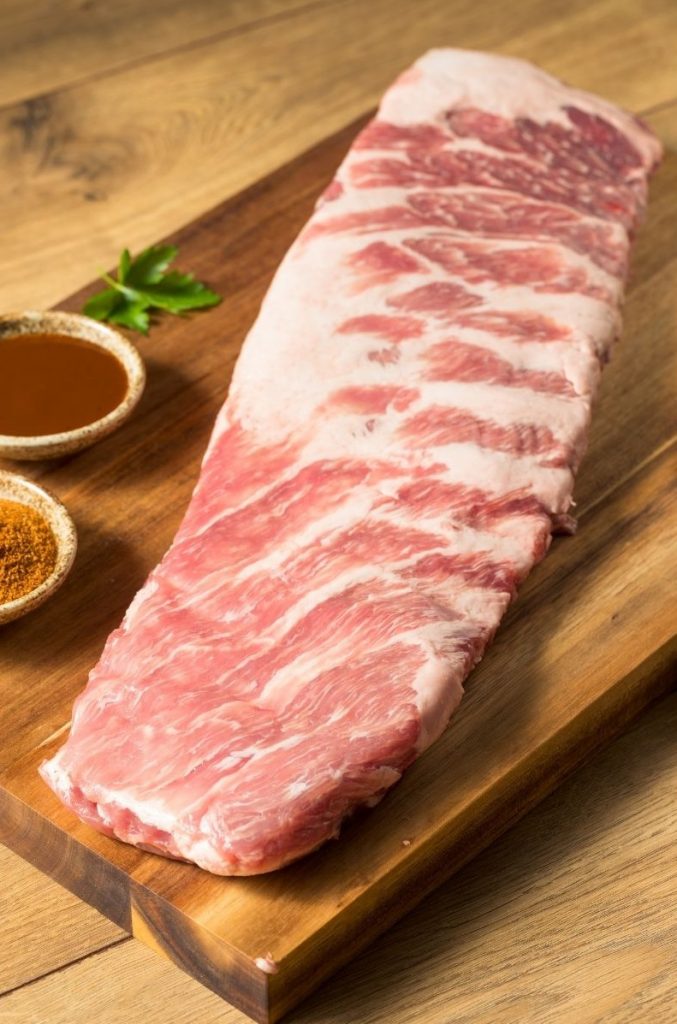
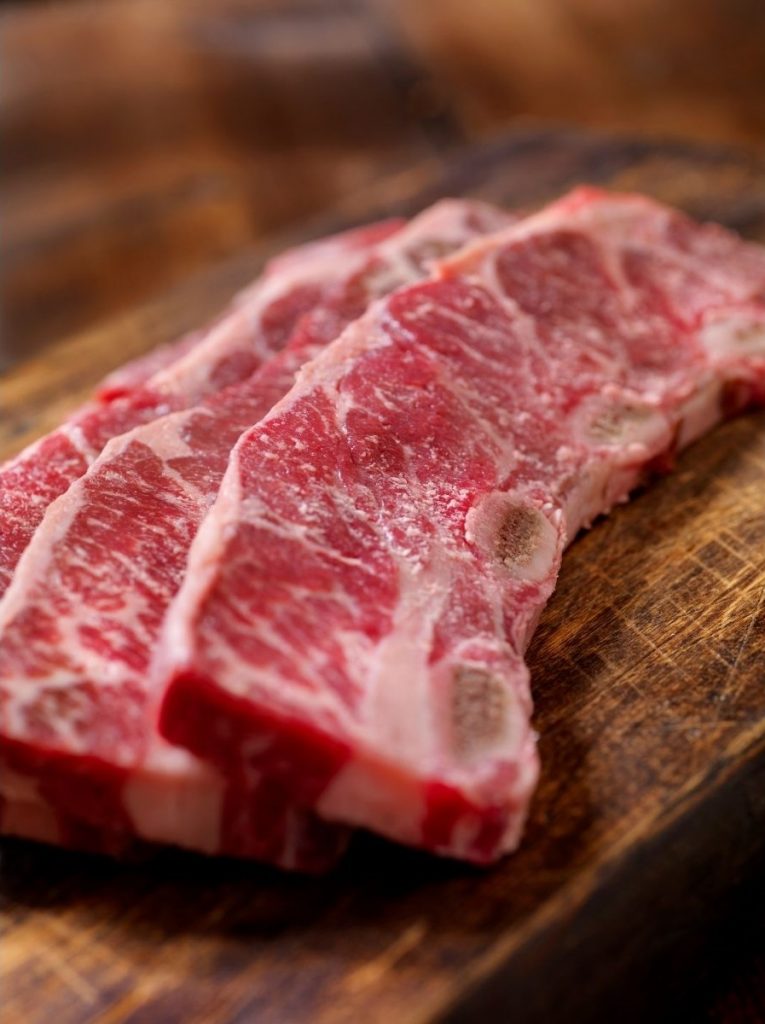
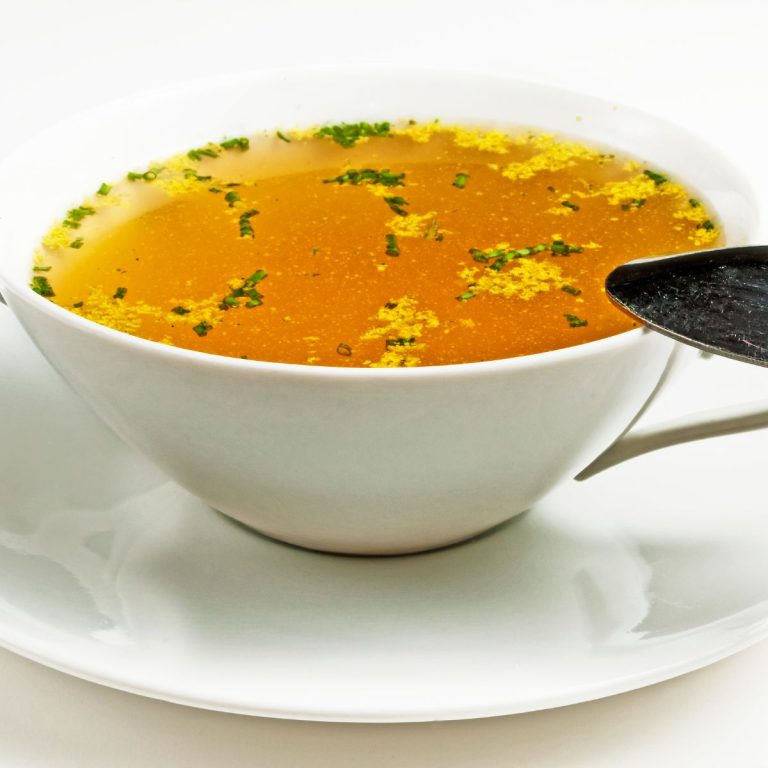
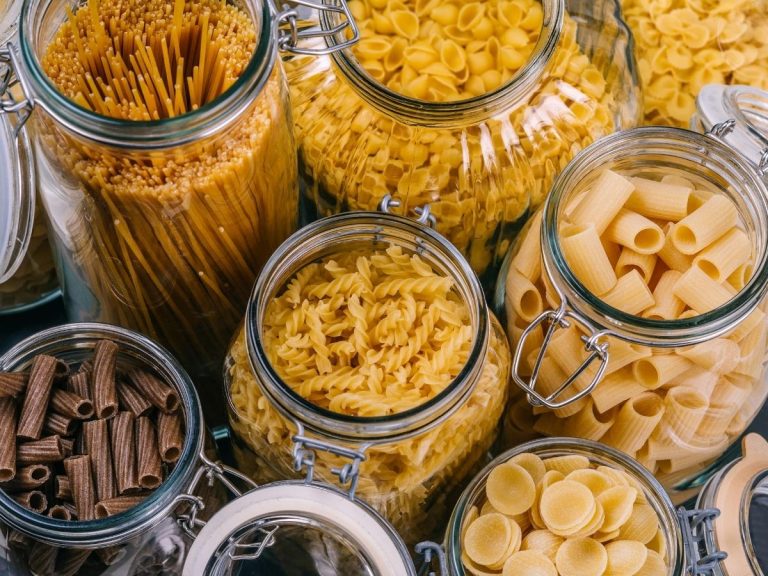
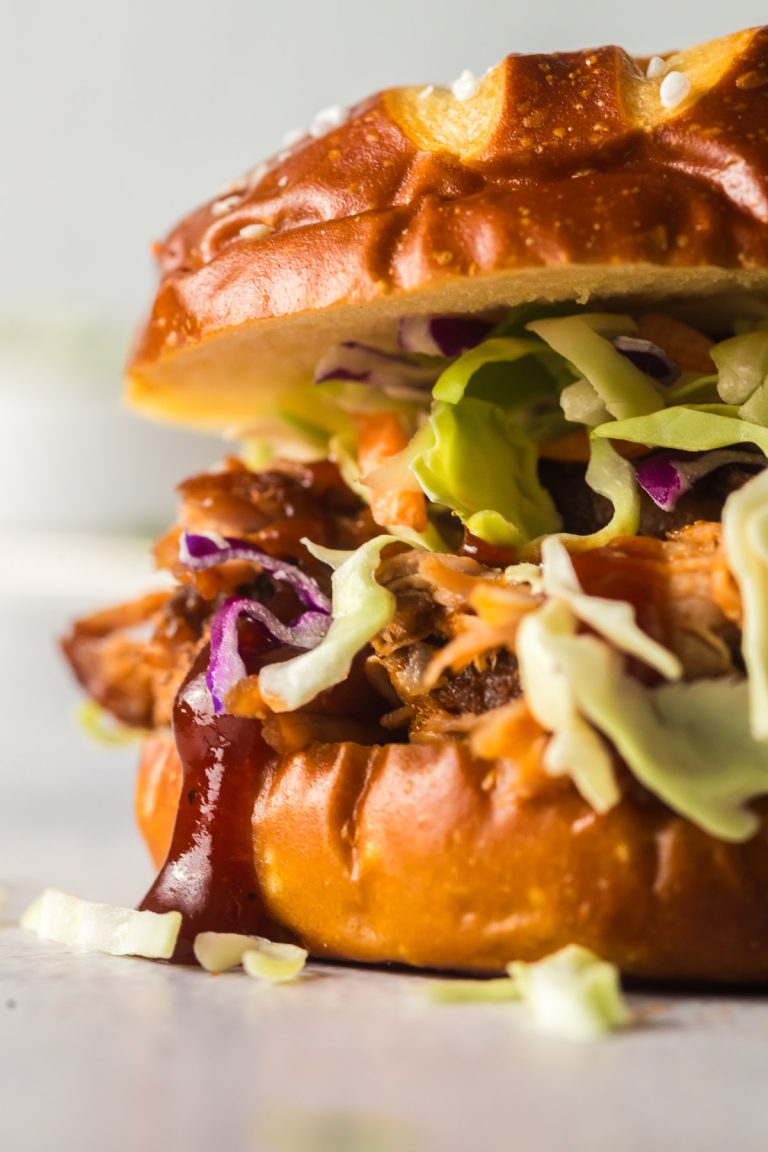
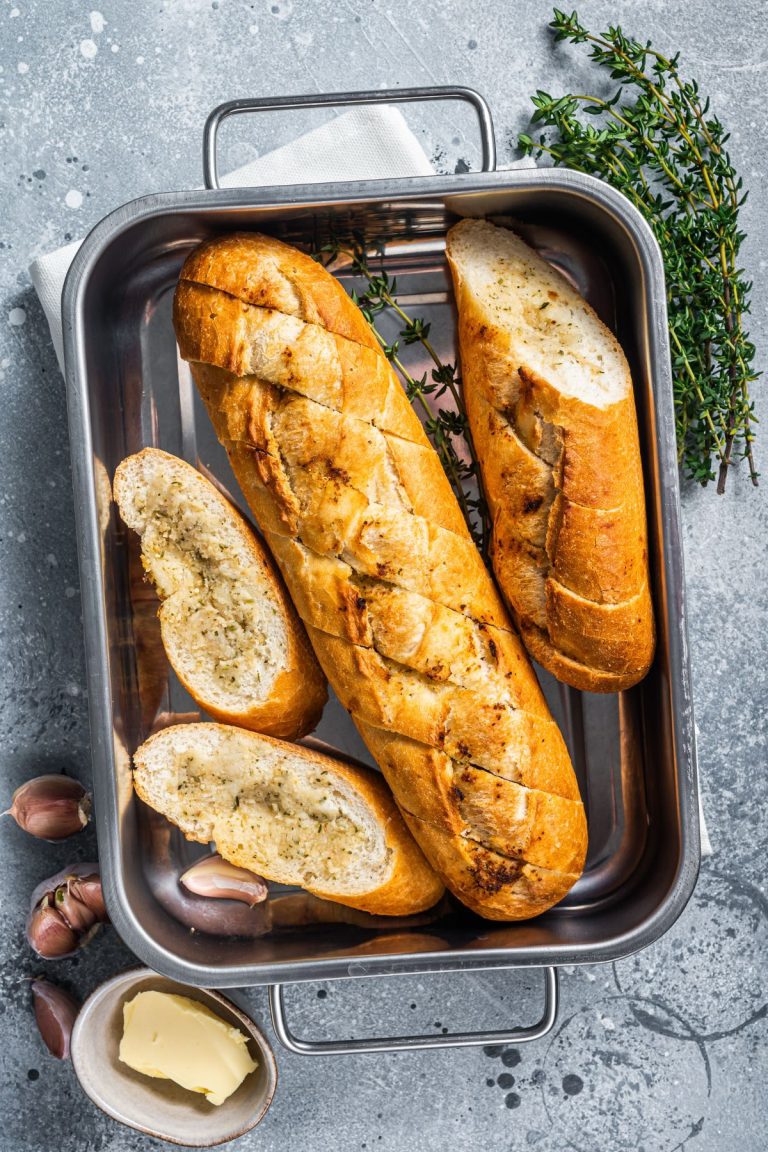

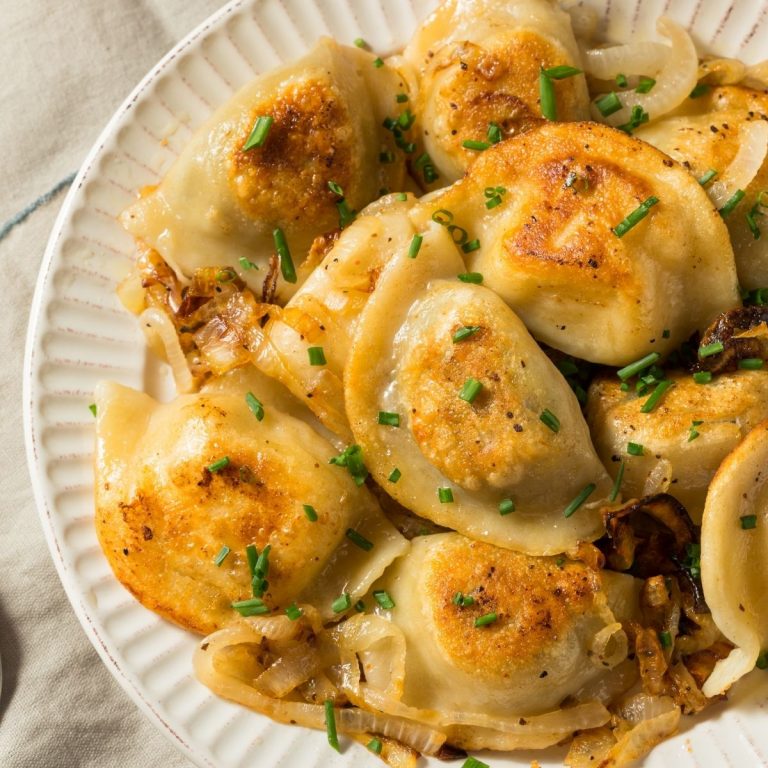
7 Comments